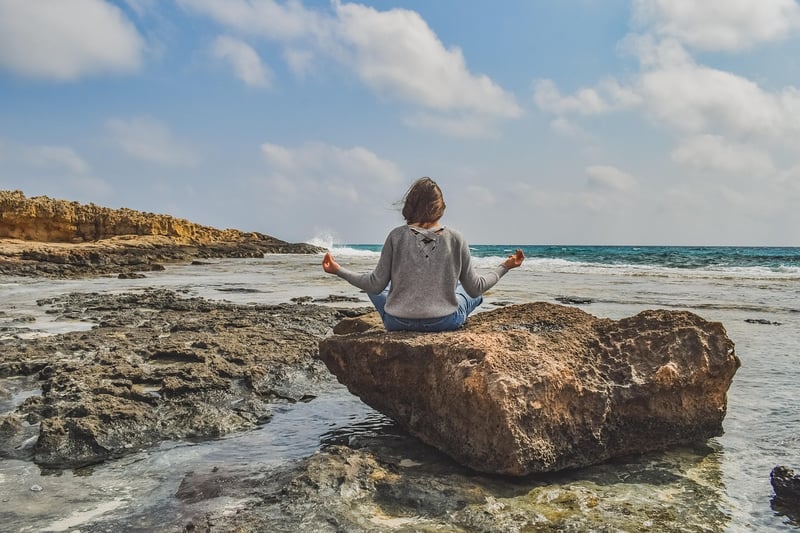Restorative
The Power of Physical and Mental Practice Combined with Restorative Techniques

In today's fast-paced world, finding a balance between physical and mental well-being is essential for overall health. Incorporating a combination of physical and mental practices along with restorative techniques can have a profound impact on your life, helping you feel more grounded, focused, and rejuvenated.
Benefits of Physical and Mental Practice:
- Improved physical strength and flexibility
- Enhanced mental clarity and focus
- Reduced stress and anxiety levels
- Boosted mood and overall sense of well-being
Types of Physical and Mental Practices:
1. Yoga: Combining physical postures with mindfulness and breathing techniques, yoga is a holistic practice that benefits the body and mind.
2. Meditation: Cultivating mindfulness through meditation can help reduce stress, improve concentration, and promote emotional well-being.
3. Tai Chi: This gentle martial art focuses on slow, flowing movements that can improve balance, coordination, and mental relaxation.

Importance of Restorative Techniques:
After engaging in physical and mental practices, it's crucial to allow your body and mind to rest and restore. Restorative techniques such as:
- Massage therapy
- Deep breathing exercises
- Quality sleep
- Time spent in nature
How to Incorporate Both:
Integrating physical and mental practices into your daily routine alongside restorative techniques can create a harmonious balance in your life. Consider starting your day with yoga or meditation, taking short breaks throughout the day for deep breathing exercises, and winding down in the evening with restorative activities like a calming massage or a nature walk.
By combining physical and mental practice with restorative techniques, you can enhance your overall well-being, increase resilience to stress, and cultivate a greater sense of peace and vitality in your life.
